How to paint a mural – a step-by-step guide to creating a unique feature wall
Make a striking focal point on a budget by hand-painting a mural, with tips from experts
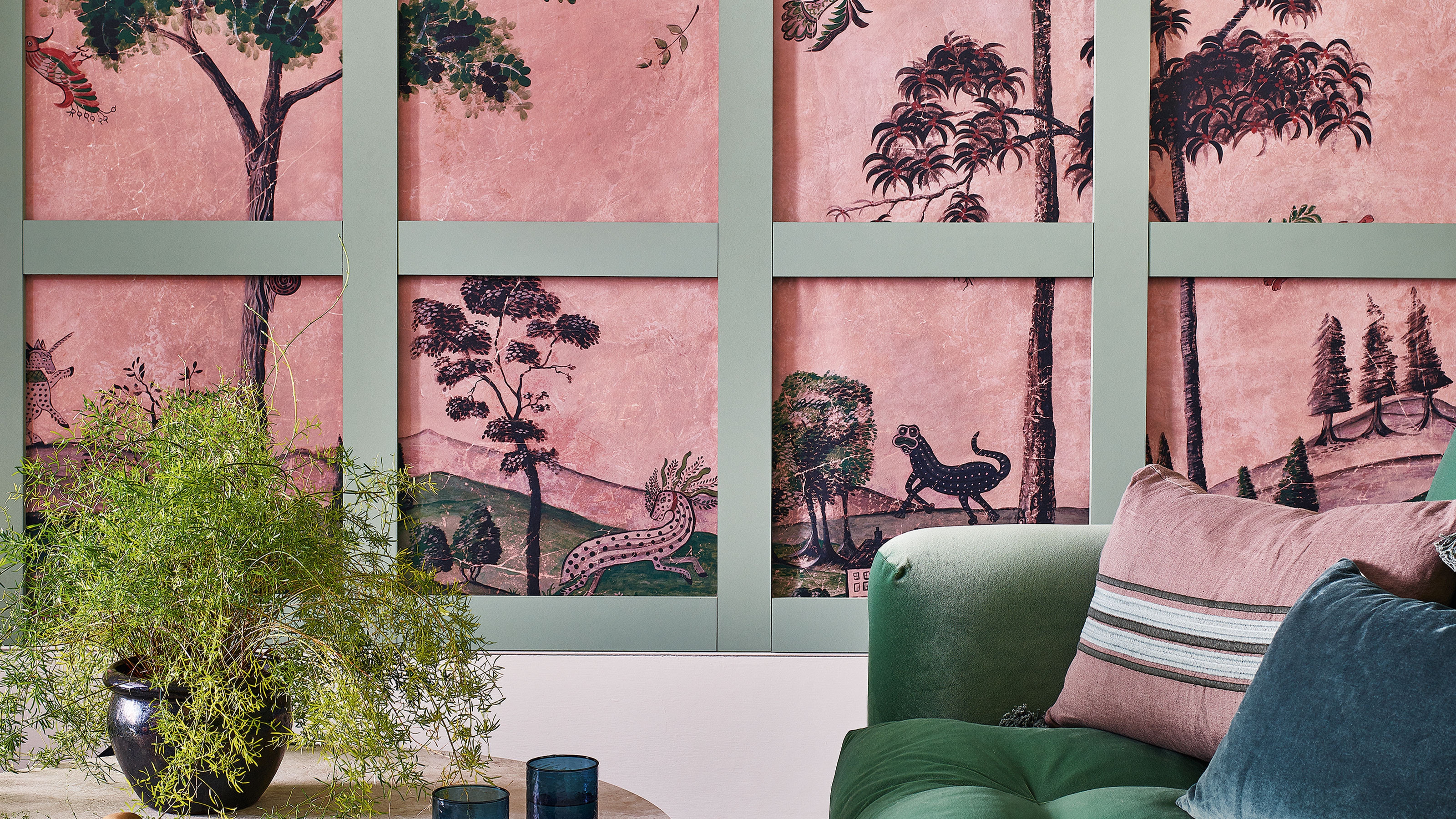

Wondering how to paint a mural but no idea where to start? Follow our step-by-step guide filled with advice from professionals and you'll soon be on your way to creating a striking one-of-a-kind feature.
Painting a mural is a budget-friendly paint idea that will open up hallways, add character to kids' bedrooms, and even make a visit to a downstairs toilet feel like an enchanting experience. From dainty stencils to bold hand-drawn botanicals, murals are a sure-fire way to inject some personality into your space (and if it all goes wrong, there's nothing a big tin of white emulsion can't fix).
How to paint a mural
Whether you're contemplating painting one as part of your bedroom paint ideas or transforming a wall out in the garden, a mural should be a fun DIY project. And a conversation piece once completed.
'Mural painting is incredibly cathartic and freeing,' say Clara and Mary, Mural painting pro's from Living Wall Murals. 'Your walls are a blank canvas ready for you to express yourself. The beauty of a mural is you can change your design as you work. Sometimes something you had intended to create takes an unexpected twist in a different direction. You might surprise yourself!'
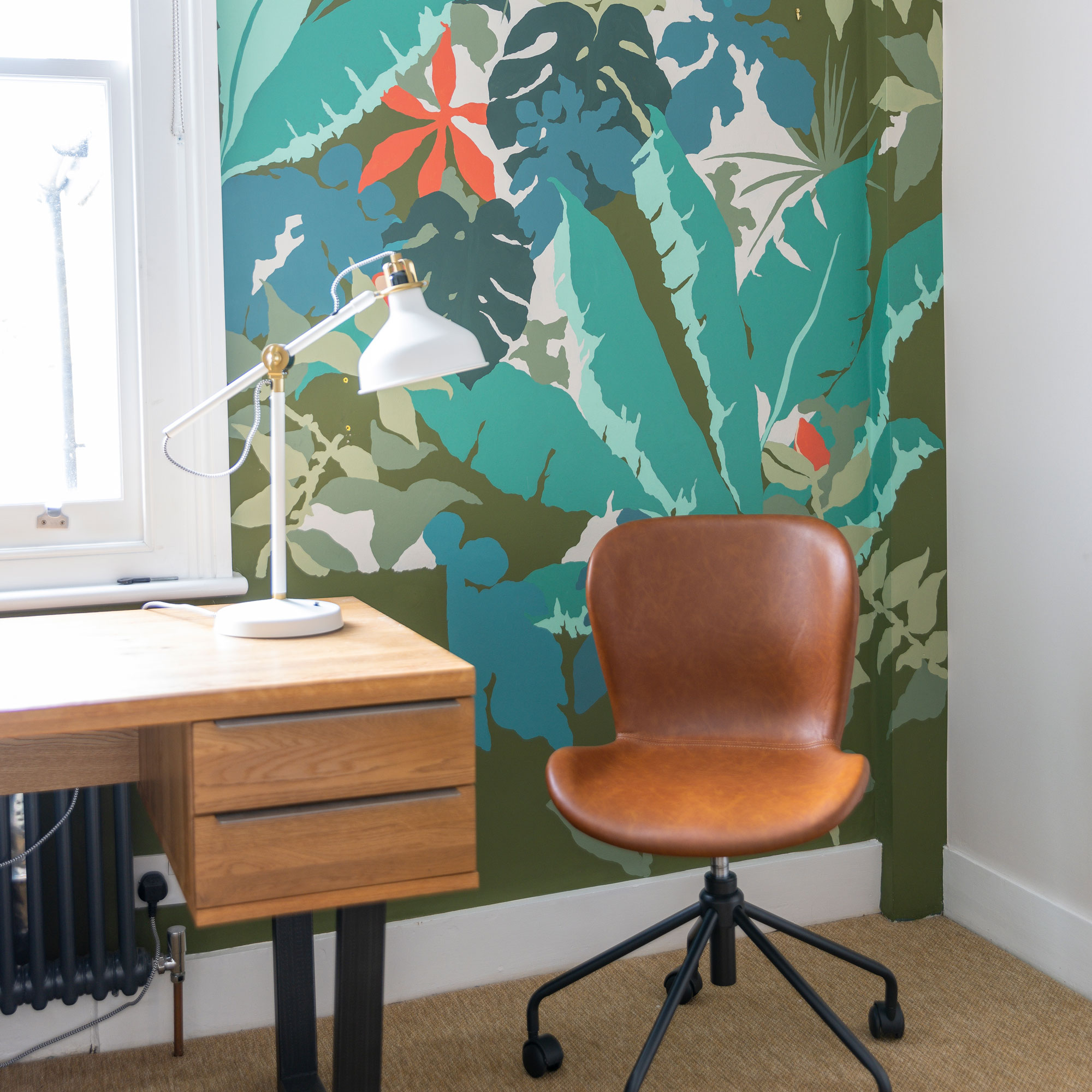
You will need:
- Pencil
- Paper
- Dust sheets
- Ladder
- Paint rollers and tray
- Paint brushes
- Paint
1. Come up with a design
Head to Pinterest and Instagram for inspiration, saving images as you go, and this will help you land on a theme for the room (and wall) you have in mind. The options are endless, whether you want to keep things simple with some big bold stripes, paint a rainbow, or create a botanical mural to bring the outdoors inside with your living room paint ideas.
Alternatively, you could follow @rusticrosehomestead's lead and create a simple chevron pattern using a piece of cardboard as your guide. Jutsyna Korczynska, senior designer at Crown suggests painting a mountainscape or cloudscape if you want to keep things simple in a kids' room.
'You can easily turn it into a night sky mural by painting the top section in a dark navy shade and adding some stars and the moon,' she says. Once you have an idea, start making some simple sketches on paper.
Get the Ideal Home Newsletter
Sign up to our newsletter for style and decor inspiration, house makeovers, project advice and more.
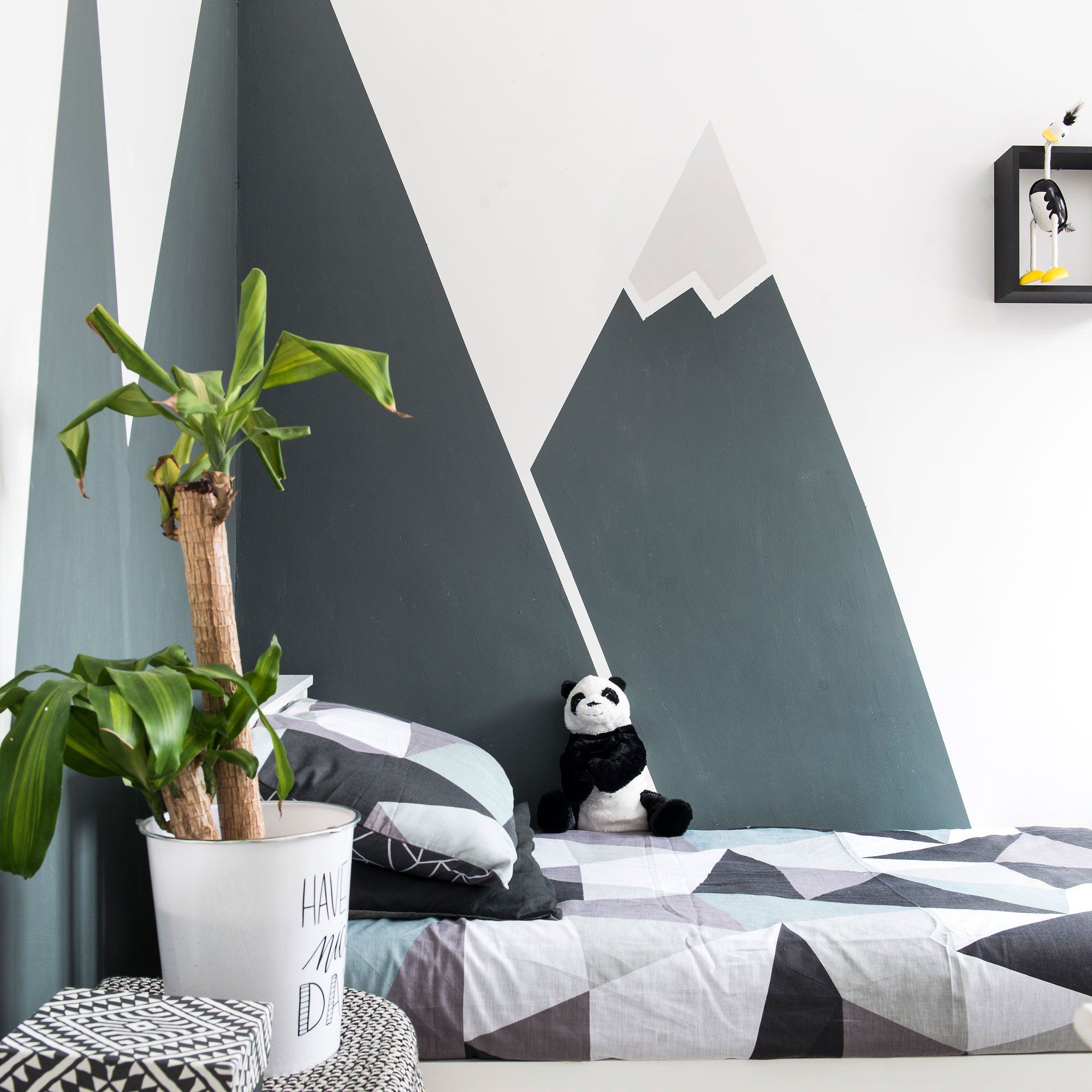
2. Decide on colours
Don't just opt for the biggest paint trends, instead choose a palette based on the colours you like and the style or mood you're aiming for, say Clara Wilkinson and Mary West. 'We love making a mood board of colours and labelling each one,' say Clara and Mary. 'This helps us discover which colours sing together!'
It might help to limit your mural to four key colours and to tie them in with the colours you already have in the room in. This will make the decision-making easier and stop the mural from looking too busy.
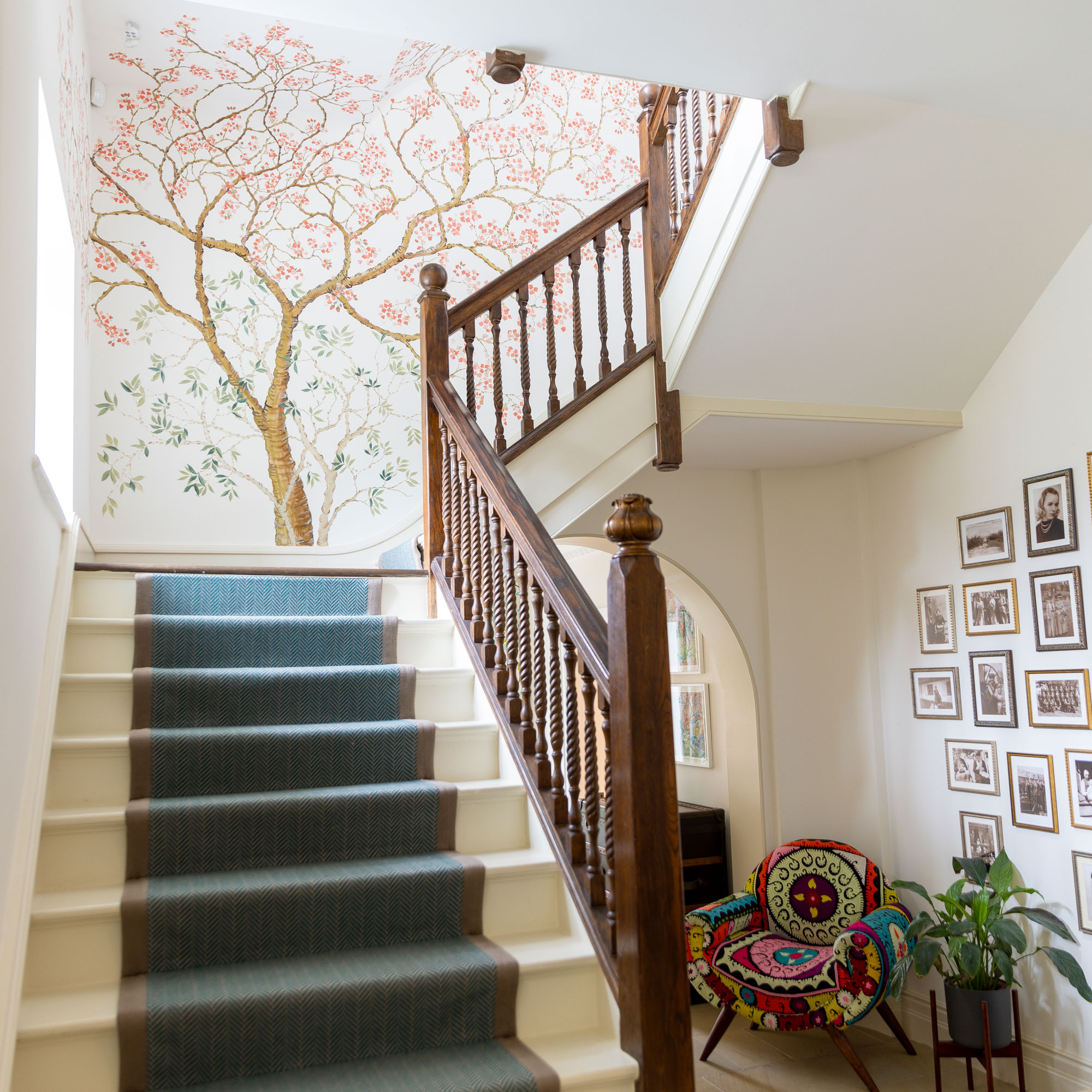
3. Clean and prime the wall
Knowing how to paint a wall might seem straight forward, but it is crucial to create a clean canvas for your mural by preparing your wall first. If the walls are well painted and in good condition then you can paint straight on. If you're painting an exterior mural, you'll need to clean, seal and prime before you begin.
4. Paint the base colour
'Gather together materials you will need – a dust sheet, a suitable range of brushes, a ladder, your paint pots, jars of water, and kitchen roll for cleaning brushes,' say Clara and Mary. Then paint the base colour for your mural. White will always make bright colours stand out.
5. Sketch out your design in pencil
The next step would be to scale up your design onto the wall in pencil. In their book, Making Murals, Clara and Mary cover various methods, from projection and the doodle technique to the basic grid method.
Beginner muralists can use a grid and scale it up onto the wall, or an overhead projector, but bear in mind that a projector can distort your design slightly, so just use it as a guide.
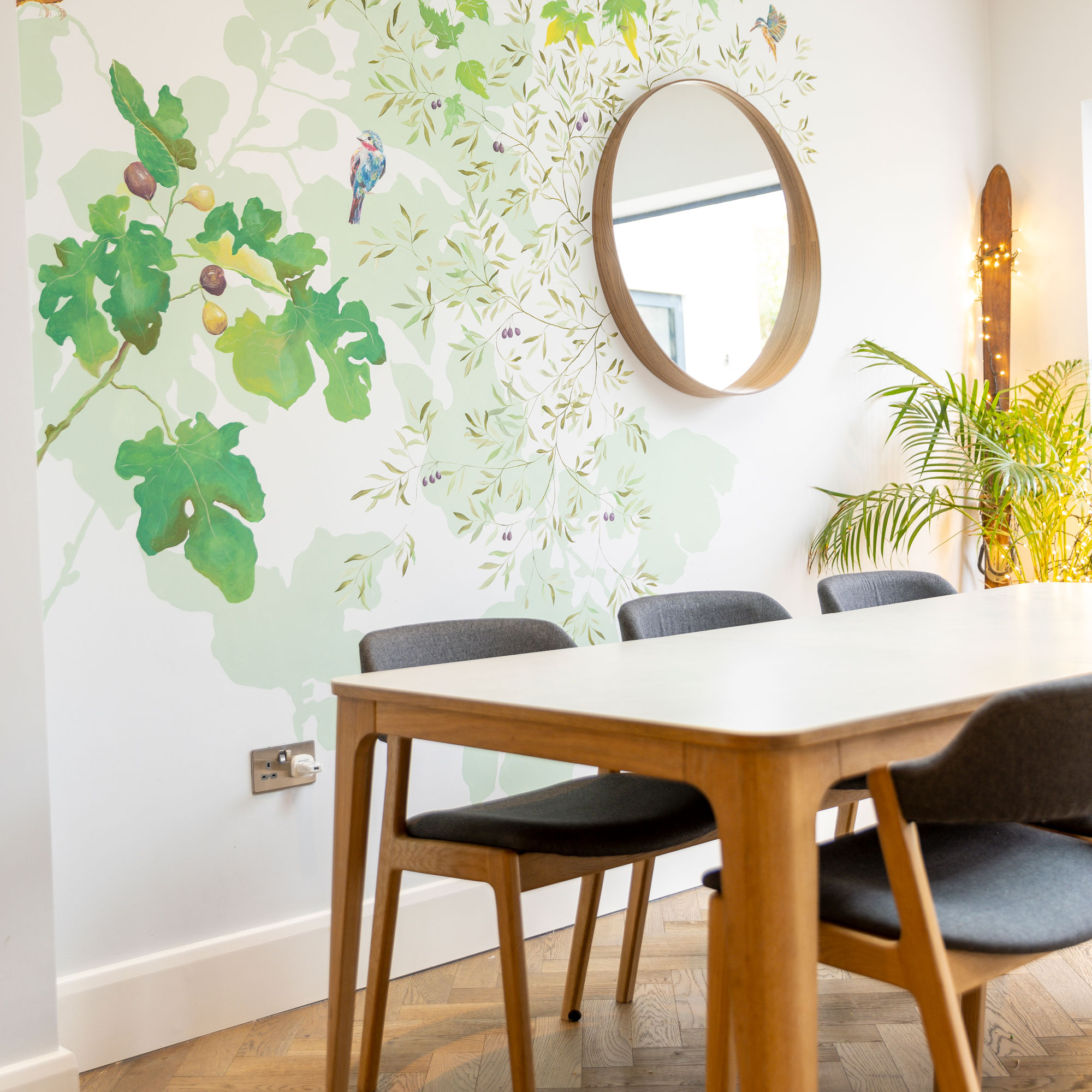
6. Paint
Use a roller or large paintbrush to paint the biggest parts of your mural, using a smaller tipped brush for the finer details. If you are working with an existing background colour, muralist Amy Coney recommends having the exact same paint ready as your 'eraser' for any mistakes. That way, you won't end up patching things up with the incorrect colour on the outskirts.
'If you're using masking tape to get crisp lines pick one that is delicate enough not to lift the paint off from underneath where you're placing it, otherwise it's a constant repainting game,' Amy says. 'It's worth spending a little more on this!'
What kind of paint do you use for a mural?
'You don’t need to use big expensive pots of emulsion paint,' Clara and Mary point out. 'We use lots of sample emulsion paint pots, which give a broad palette and are available for just a few pounds in your local DIY store.'
How do you start a mural painting?
Draw on your design in pencil, starting on a small wall or even the inside of a cupboard. If you're nervous about painting directly onto the wall, practise on a roll of wallpaper lining taped onto the wall.
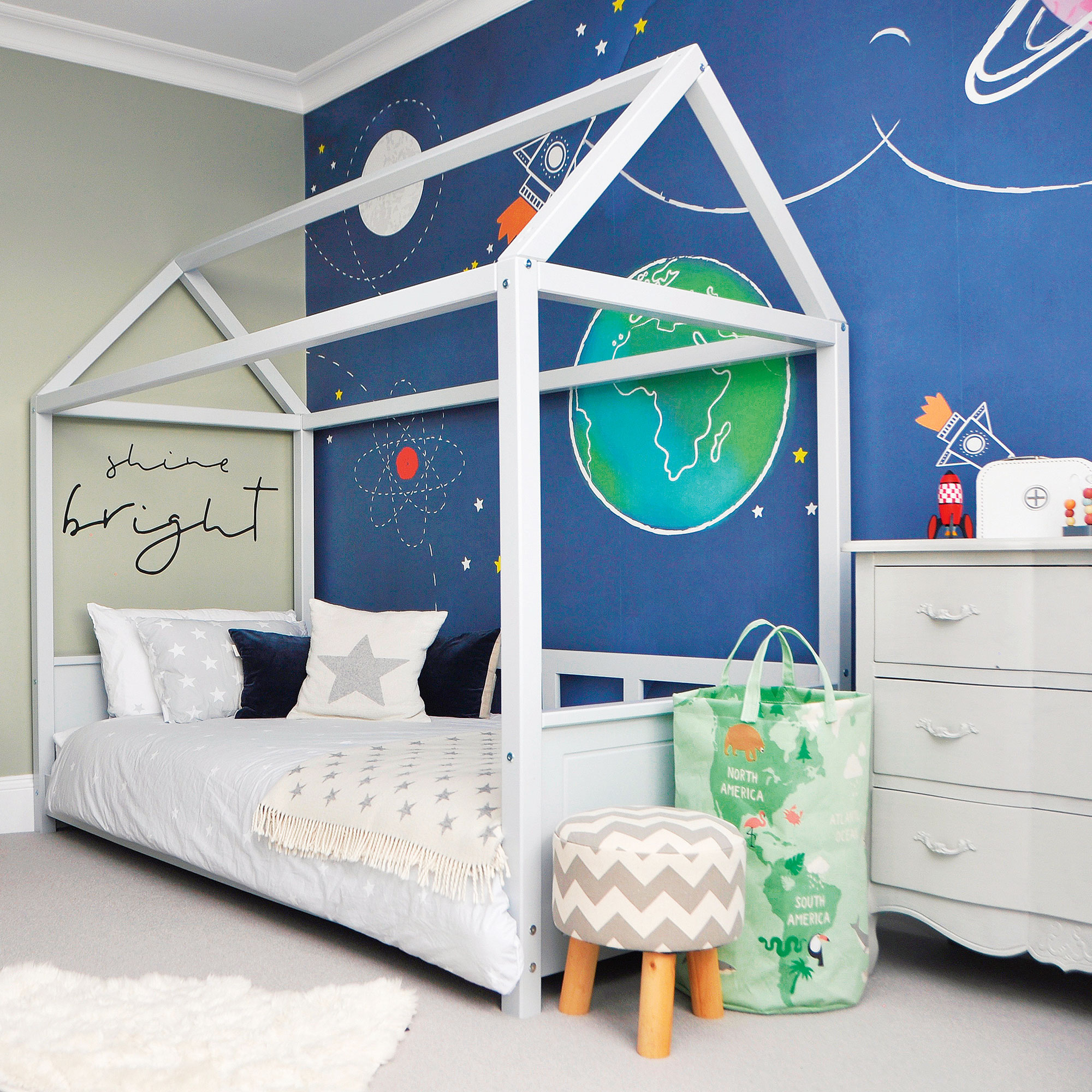
How do you prepare a wall for a mural?
We'd recommend giving your wall a quick clean with sugar soap, available at B&Q. Fill in any holes and cracks, and sand the wall to create a smooth surface paint will adhere to. Then, you can also apply a layer of primer to help your paint job stand the test of time.
Where is the best place to put a mural?
'If you want to go all out with a maximalist design, a bathroom or downstairs loo might be a good starting place,' say Clara and Mary. 'Children’s rooms are always fun to create murals for, but they most definitely don’t need to be twee.
'We love introducing bold colours and graphic shapes to inspire your child just as much as we love bringing in botanicals from nature to create a calming bedroom environment.'
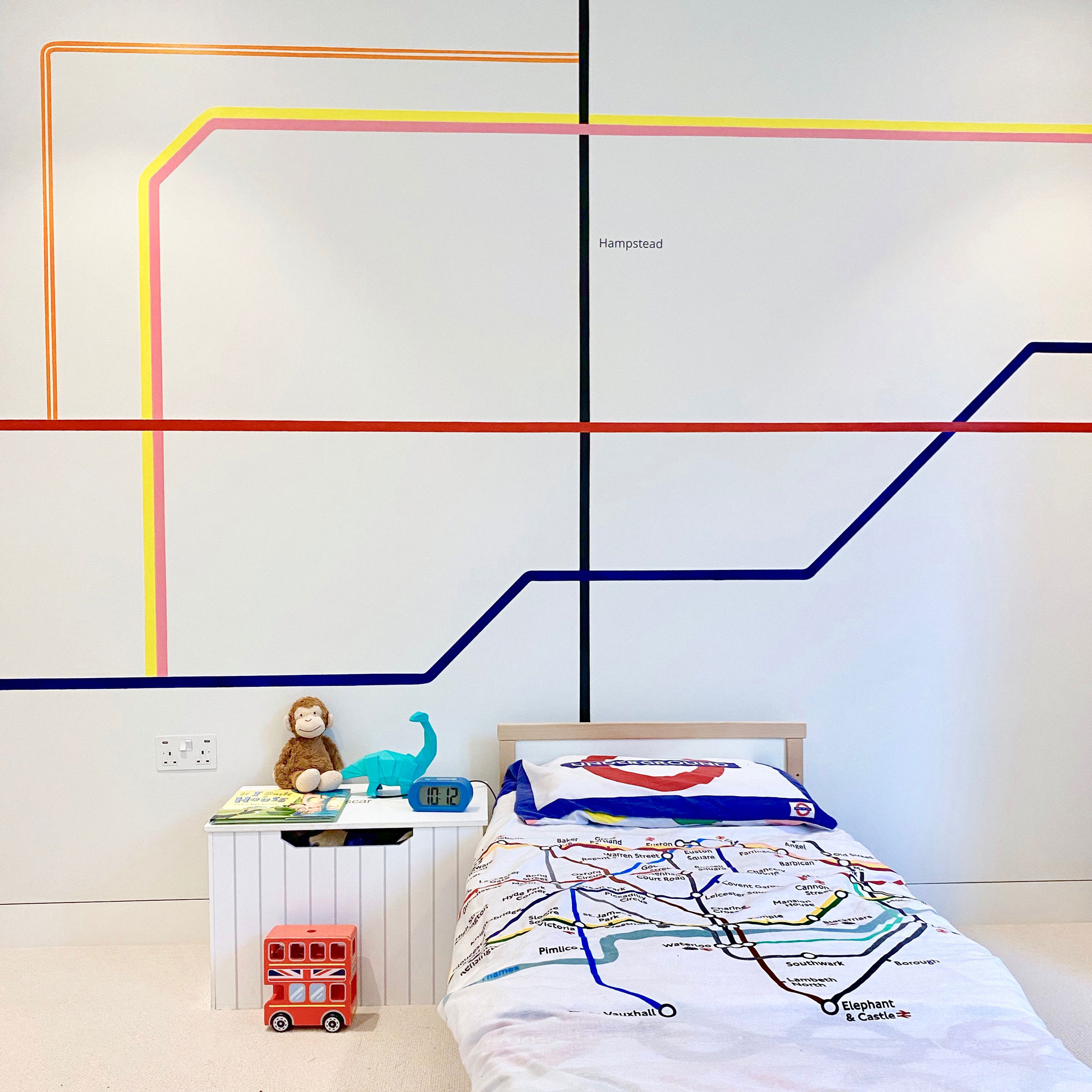
The professional muralists go on to say that a mural can be a brilliant small hallway idea to make a space feel bigger. 'Think about taking the design onto ceilings or twisting it up staircases. The architecture and layout of your home can be an excellent starting point for inspiring your composition,' Clara and Mary add.
Jutsyna Korczynska from Crown says murals generally work best in large, uncluttered spaces. However, if the space is limited, she recommends going for a mural based on simple geometric or freehand shapes, which will still provide a high impact.

Millie Hurst was Senior Content Editor at Ideal Home from 2020-2022, and is now Section Editor at Homes & Gardens. Before stepping into the world of interiors, she worked as a Senior SEO Editor for News UK in both London and New York. You can usually find her looking up trending terms and finding real-life budget makeovers our readers love. Millie came up with the website's daily dupes article which gives readers ways to curate a stylish home for less.
-
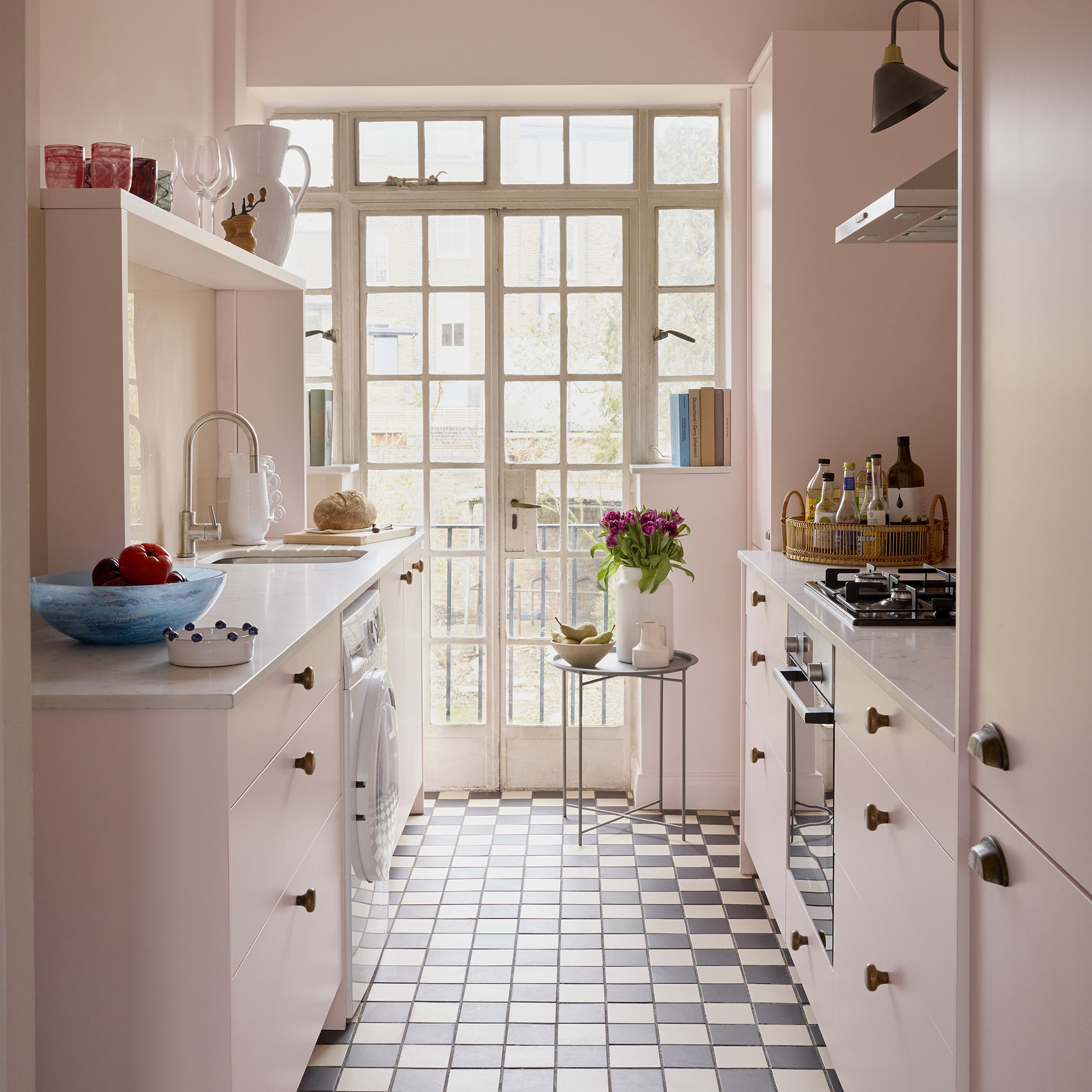 This pastel pink kitchen shows how to make the most out of an awkward galley layout - here are the clever tricks the pros used
This pastel pink kitchen shows how to make the most out of an awkward galley layout - here are the clever tricks the pros usedA bright and inviting space you'll actually want to spend time in
-
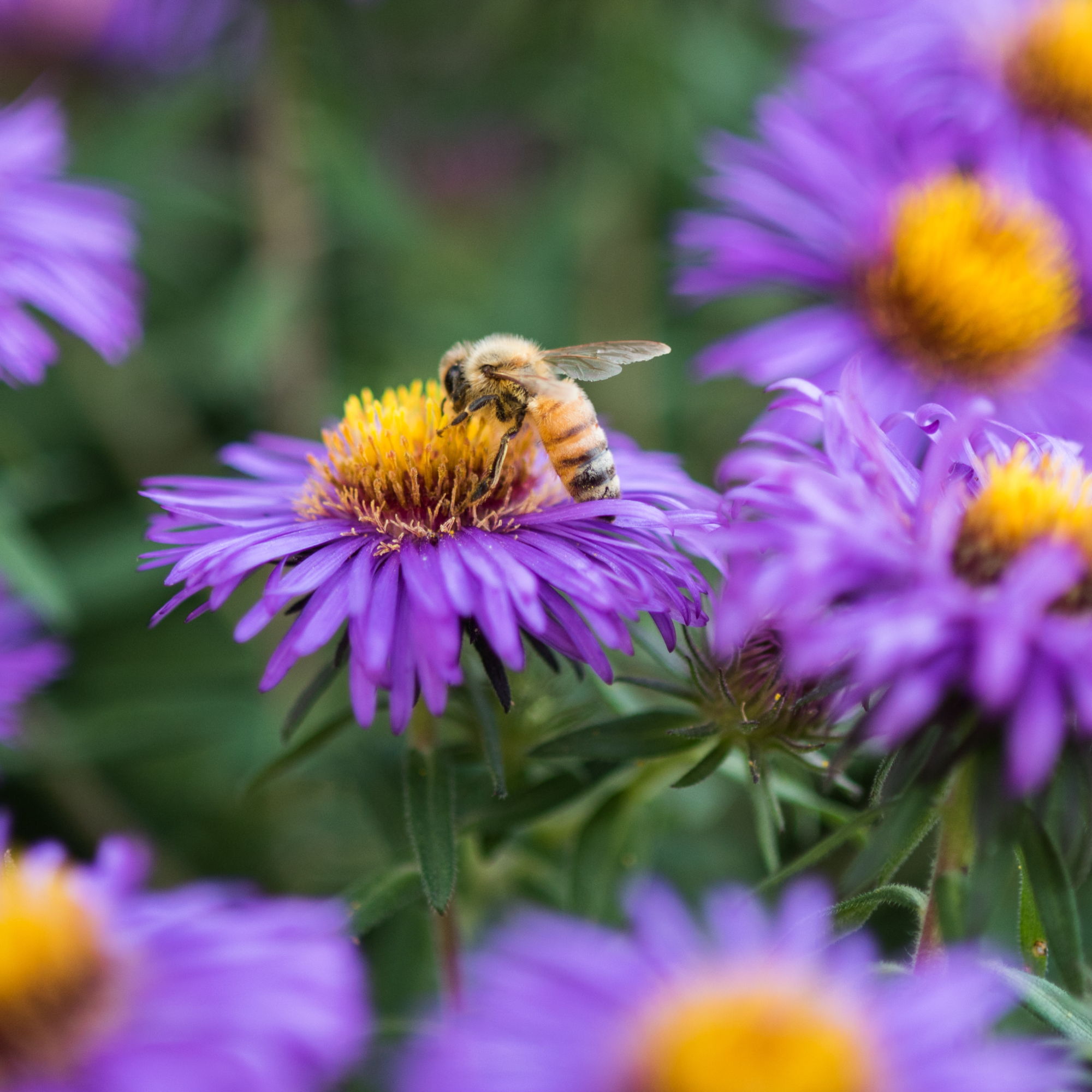 Bees will love your garden if you add this one feature, say wildlife experts - and it requires minimal effort on your part
Bees will love your garden if you add this one feature, say wildlife experts - and it requires minimal effort on your partA 'rough patch' requires little effort or space
-
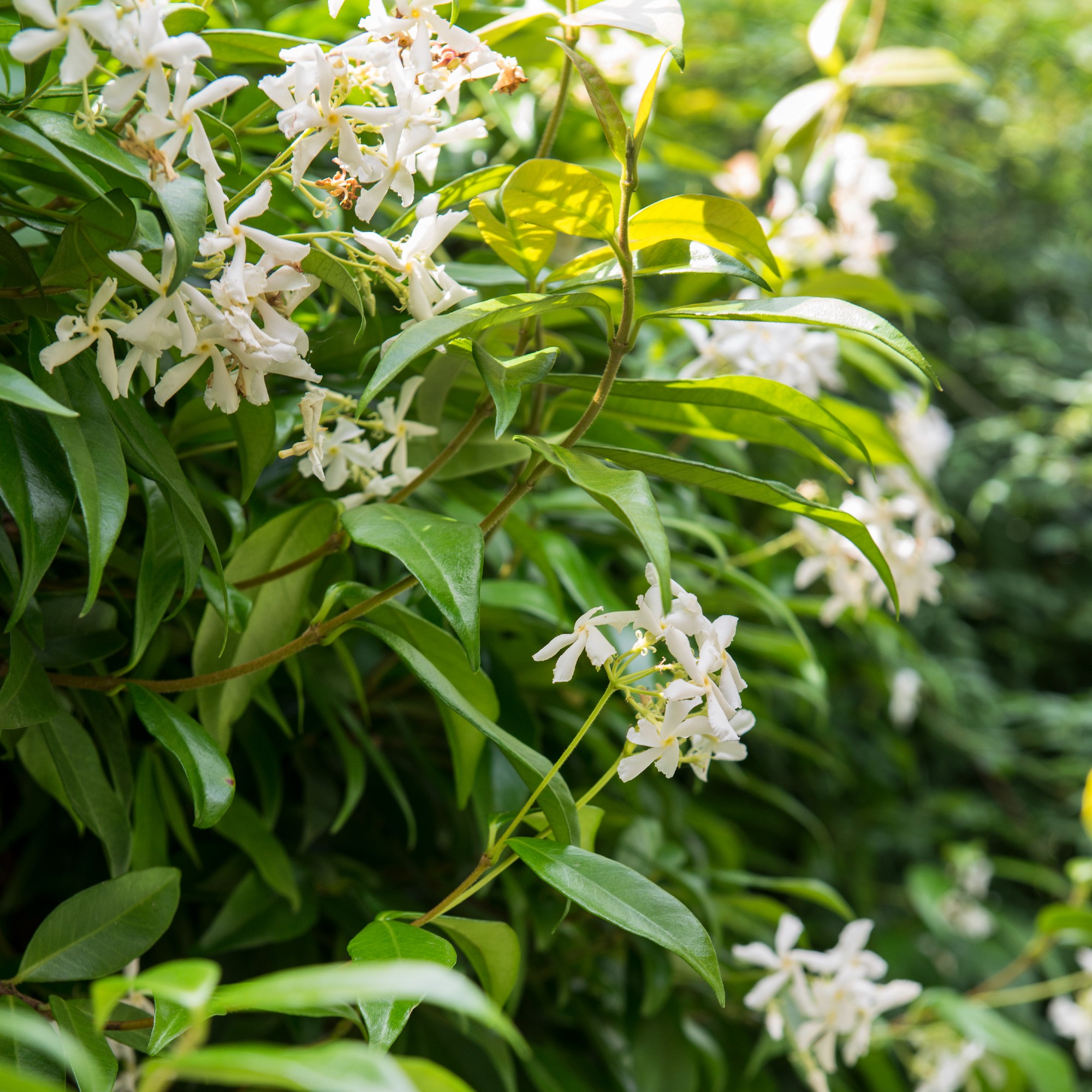 How to grow jasmine for a screen of beautiful, fragrant blooms
How to grow jasmine for a screen of beautiful, fragrant bloomsIt's a must-have in the garden